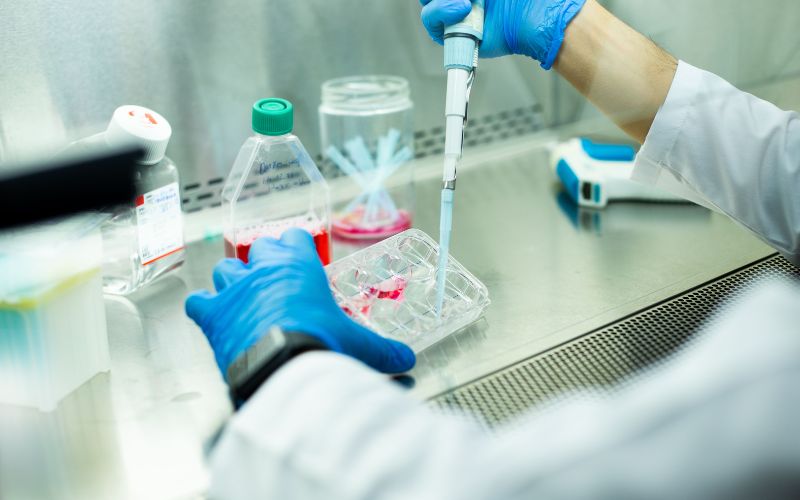Lab-grown and stem cell meat also referred to as cell-based meat is a revolutionary concept in the food processing sector. This technology grows meat from animal cells, which makes it a healthier and humane form of meat. It is important to comprehend the effects as well as the possible health outcomes of such a phenomenon as it can change the systems of food production and consumption.
Current State of Lab-Grown and Stem Cell Meat Technology
Lab-grown and stem cell meat production has progressed in a short period of time and has seen some major advances in the last few years. Some firms that have ventured into this area include Memphis Meats and Mosa Meat which have for instance developed a lab-grown burger and chicken.
Over the years these developments have made the technology more viable with more investors and researchers getting into the field. This kind of meat is cultured animal cells in a lab and does not require the rearing and killing of animals. However, some issues are still unresolved as the large-scale production of these vehicles, the decrease in their cost, and the receipt of necessary permissions, but the future of this science is rather favourable.
Health Benefits of Lab-Grown and Stem Cell Meat
Lab-grown and stem cell meat has the following advantages over regular meat. These products can be formulated to contain less fat and other undesirable ingredients and more health-promoting nutrients such as omega-3 fatty acids. Also, the controlled production environment reduces the likelihood of contamination by pathogenic bacteria such as E. coli and Salmonella making the food safer.
Also, the reduction of antibiotic use in animal farming helps in the prevention of antibiotic-resistant bacteria. In sum, lab-grown and stem cell meat are much healthier and safer than conventional meat and positively impact the health of the population.
Concerns and Controversies
However, lab-grown and stem cell meat also have their challenges and issues that they bring to the table. This is due to the health issues that are likely to arise from the consumption of lab-grown meat since the effects of such products are not fully known. They are trying to set high standards to check its safety to be consumed by the public in their own right.
However, there is still the issue of public acceptance whereby many people still have a hard time believing that they should consume meat from a biotechnology food processing company. Concerns of naturalness and taste are mentioned, as well as cultural and societal factors connected with the conventional consumption of animal meat. Some of the challenges include economic factors which are the costs of production and availability of the products. These issues have to be solved for lab-grown and stem cell meat to gain acceptance and popularity in the market.
Future Prospects of Lab-Grown and Stem Cell Meat
The future of lab-grown and stem cell meat seems to be bright and has the potential to be adopted in the near future and possibly change the world’s food system.
Due to the ever-increasing improvements in technology, the cost of manufacturing these products is likely to reduce and thus be in a position to penetrate the market more effectively. This will result in better taste and texture hence gaining the acceptance of the consumers as their acceptance level will increase due to more investment and research. Moreover, the use of lab-grown meat could help in solving the issues of food security and sustainability by offering a new type of meat production.
Conclusion
Lab-grown and stem cell meat have many health benefits and are environmentally friendly but they have issues concerning market acceptance and certification. In this respect, it has the potential to revolutionize the future of food and become more sustainable and ethical in the future.







